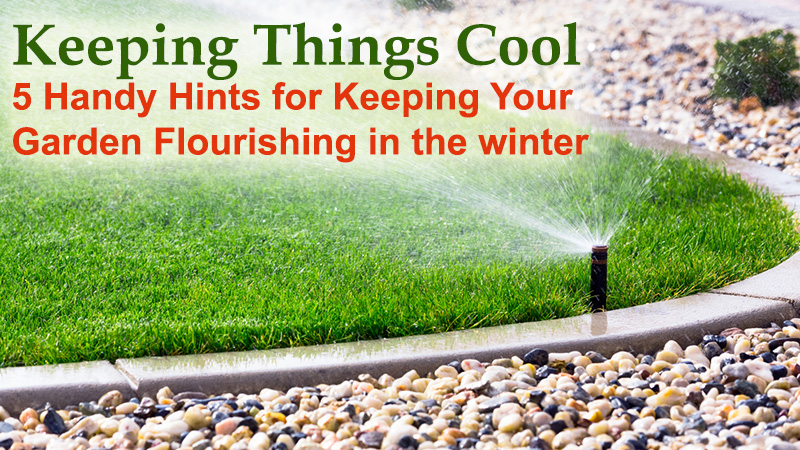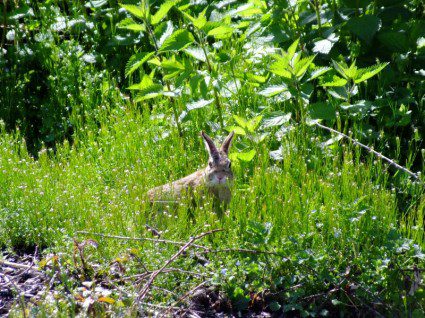Keeping Things Cool: 5 Handy Hints for Keeping Your Garden Flourishing in the Winter
The climate in Australia tends to be either very harsh or very kind to plants. It all depends on where you live. The very dry regions can be tough environments and the shrubs, trees, and flowers which grow there are necessarily wiry, durable, and strong.

Image Source: https://alcturf.com.au/wp/wp-content/uploads/2016/08/caring-for-your-lawn-in-winter.jpg
However, there are also great swaths of Australia which enjoy a very balanced climate and a nurturing, even balance between warm temperatures and life-giving rains. If you’re lucky enough to own a garden in one of these places, attending to its needs can be a delightful way to pass the time and learn about the earth.
There is no dramatic difference between summer and winter, as there is in the northern continents. Temperatures do drop, but most keen gardeners continue with their maintenance routines right through the year. This is a great way to ensure that your outdoor space thrives.
Give Your Lawn a Boost
If your grass is looking a little patchy, winter is a surprisingly good time for sewing fresh lawn seed. You’ll probably have to wait until spring to really see the results, but scattering seeds in winter is useful because you can take advantage of the lull in the season to nourish it with mulch and compost. By the time temperatures start to rise again, your lawn should be looking decidedly perkier.
Trim Back Unruly Trees
Taking similar action on behalf of your trees and shrubs is also a good idea. The winter won’t see them thrive anyway, so take your chance to cut all of those unruly branches back and start from a healthy foundation. Getting rid of dead weight is important for plants and it actually promotes crop growth among fruit trees. Just be careful not to cut too deep or you’ll end up damaging healthy branches.
Plant Some Sneaky Bulbs
You can just about get away with planting bulbs so late in the year because the climate is temperate. You’ll need to protect them though or the winter rain might wash away the nutrients from the soil. The easiest and most effective way to do this is by planting your bulbs and then covering with a moderate coating of mulch. Too thick and the plants can’t breathe, but too thin and they risk exposure to the elements.
Keep the Lawn Clear
Perhaps the most important winter job of all is, unfortunately, the least exciting. It will make a big difference to the health of your plants and your lawn, though. If you have trees in the yard or there are trees overlooking your outdoor space, regular raking is recommended to clear away fallen leaves and debris. Lawns are particularly sensitive to changes in the environment and they need plenty of circulation to thrive; a covering of leaves can reduce this. For those with an open fire, all of those twigs and branches are a blessing in disguise.
Water in the Morning
Homeowners are strongly advised to water lawns, shrubs, and flowerbeds in the morning, rather than the evening. It is harder for plants to dry off once night time temperatures have arrived and wet, soggy conditions are adored by fungal diseases. If you stick to watering in the morning, they have plenty of time to warm up and dry off throughout the day. If possible, try to avoid watering directly onto plants; point your hose or watering can at the ground.
Why Winter Shouldn’t Keep You Out of the Garden
If you are a keen gardener with a real passion for growing, don’t let the winter discourage you. In fact, it can often be easier to plant and carry out maintenance routines during this time of the year, because the sun is less intense. It requires less energy and you won’t be battling with a potential case of sunstroke if you spend too long at the flowerbeds.


